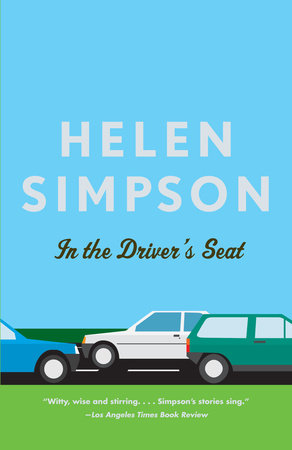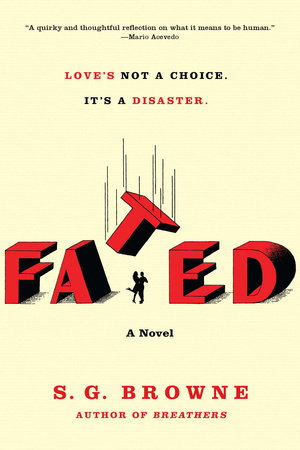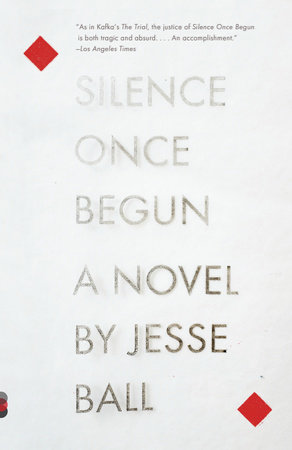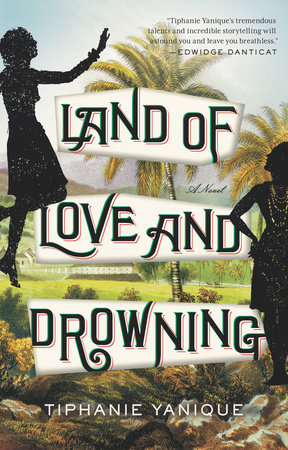A Conversation with John Gimlette
Q: How did you become interested in Paraguay? When and under what circumstances did you first go there?
A: By accident! I first arrived in Paraguay as a refugee in 1982, when I was 18. I had been working on an estancia in Northern Argentina, planting grass and branding cattle. When the Falklands War started, I had to leave the country as quickly as possible so I crossed the border into Paraguay. I was immediately entranced, and vowed to return.
Q: How would you describe your book to someone who hasn’t read it?
A: It’s a travel book, an account of my journeys throughout Paraguay with Paraguay’s story woven into it. The country’s history is far too extraordinary and rich to leave out of any portrait of it. The book also explains much of what may at first seem utterly bizarre, like the cannibals, the Highland Ball, the steam trains and the battlefields still strewn with debris.
Q: The title of your book is intriguing. What is an inflatable pig and why do you see Paraguay as its tomb?
A: I am often asked this, which is just what I wanted. The title is deliberately perplexing, reflecting in large part my own perplexity. It is possible to enjoy Paraguay without fully understanding it (and, on occasions, without understanding it all). That is how I often felt. There was much that was surreal, and much that escaped ordinary explanation. The inflatable pigs were typical of this. They were everywhere in 1996, but no one knew why. When I asked about them a few years later, people denied they’d ever existed. As for the tomb, well, mourning is a strong theme in Paraguayan life. Twice the country has been totally devastated by war. Everybody feels some proximity to these events, and their effects are felt even today. It is no coincidence that at the heart of the capital is the mausoleum of the heroes that died.
Q: You write that “Paraguayans have become mere caretakers at the tomb of their past, making do as best they can and whispering about what might have been.” What effects does Paraguay’s bloody history have on the daily lives of its people?
A: For a start, everybody has some idea of what their family did in the Great War (1865-1870). This usually affects which political party they identify themselves with, the militaristic national party being the Colorados. For some, it may give rise to long-lost land claims. For all Paraguayans, there is a belief that their present ills all flow from this war, although who is to blame for this tragedy splits them roughly 50:50. But whatever they believe, they are extraordinarily patriotic, and their politics can therefore be hidebound by a loyalty to the past. On a more prosaic level, many believe that the National Treasure was lost somewhere out in the bush during the Great War, and this is a constant source of speculation. Many people still go searching for it every weekend.
Q: An estimated 95% of Paraguayans have both Spanish and Guaraní Indian heritage and their recent history has been shaped by notorious outsiders, but your book shows them to be a surprisingly insular lot. Why do you think they are so uninterested in outside affairs?
A: I suppose it is essentially a matter of education. Paraguay is desperately poor and there is still a high rate of illiteracy. Therefore, from a purely practical point of view, many people have limited access to the news. But there is also a side to the Paraguayan character that is very self-contained. Despite their past, and their present predicament, they are an unusually undemanding people and do not seek the outside world unless driven by economic necessity (some 1 million Paraguayans are dependent on salaries from Argentina).
Q: Traditionally, what has been Paraguay’s relationship with America?
A: It’s been an uneasy one from the earliest days of diplomatic relations. In 1854, the US set up a trade mission in Paraguay, which turned acrimonious when the US entrepreneur decided he wouldn’t doff his hat to the president. Within days the two sides were trading cannon fire, and the mission came to an abrupt halt. Throughout the Great War it was often suspected that the US was taking sides, although this was probably not the case; the US has always been primarily interested in an independent Paraguay. All efforts to stop the next war (1932-35), however, failed. During the Stroessner Years, relations between the two countries were more cordial as a result of a shared interest in suppressing communism. Stroessner even offered Nixon troops for Vietnam (which were politely declined). Relations faltered as the US began to recognize the human rights abuses at large, but it is a mark of the influence Washington had on Paraguay that Asuncion has the largest US Embassy in the world at the unforgettable address, 1776 Mariscal Lopez.
Q: You once ventured to meet General Stroessner, the dictator who governed Paraguay for 35 years; why?
A: I was suffering the Paraguayan disease of defying rational explanation! I was only eighteen at the time, and was happily oblivious to the full horrors of his regime (although what I did know was grisly enough). I think I felt that Asuncion was something of a village—an illusion I’ve never quite shrugged off—so going to see its headman seemed unexceptional.
Q: What is the pilgrimage to Caacupé?
A: Caacupé is the spiritual heart of Paraguay—its Canterbury or Lourdes, if you like. As with everything in the country, Paraguay has its own variant of the Catholic faith. There are strong Indian elements to it, and a certain amount of mysticism. Every religious Paraguayan believes he or she should make the annual pilgrimage. Young soldiers will do it barefoot. Others drag heavy rocks. The President comes by helicopter. In the cathedral square at Caacupé, there is room for many thousands of devotees, and the place is crammed with trinket shops and merchants. At the centre of this spectacle is the Virgin of Caacupé, a statue thought to have healing powers. It is not uncommon to see people prostrating themselves before her.
Q: Who was Madame Lynch?
A: Eliza Lynch was born in Cork, Ireland, in the 1830’s, and her family emigrated to Paris to escape the Potato Famine ten years later. There, she became a courtesan, surviving on her guile and great beauty. In 1854, she was introduced to Francisco Solano López, the son of the Paraguayan dictator, who was in town on an arms-buying trip. She saw her chance and cultivated his affection (or lust). He took her back to Paraguay and installed her as his mistress, although they never married (she was already married to a French cavalry officer). For the next 16 years she played Josephine to his Napoleonic ambitions, with disastrous effect. After enriching herself from the Paraguayan treasury, she then followed her lover on his deadly campaign. She is last seen by the Paraguayans burying her lover on the battlefield, wearing her Parisian ballgown. After that, she returned to Paris where she died in a brothel in 1884.
Q: Paraguay was the first country in the Americas to outlaw slavery yet it sustains some of the most brutal living conditions in the world. The country has long suffered from political instability and widespread corruption, and 36% of its population currently lives below the poverty line. Is the present government likely to improve these conditions?
A: There’s an awful long way to go. Many would say that the present government is just more of the same. A few months ago the Chief of Police, the head of customs and the Minister of Justice were implicated in a massive CD counterfeit operation (involving literally millions of fake CDs). Left at that, one might think that nothing had changed. However, the encouraging aspect of this gloomy tale is that once it was all out in the press, all of those concerned resigned. That wouldn’t have happened before so there is hope.
Q: Did anything you found in researching this book surprise you?
A: In many ways, there was almost nothing that didn’t surprise me. Paraguay was and is so rich in contradiction and eccentricity. Among my favorite findings, however, are these. Paraguay is the greatest importer of Scotch in the world (per capita), but Paraguayans don’t drink it (it’s smuggled into Brazil). It is the greatest exporter of electricity in the world and yet 1 in 4 Paraguayans doesn’t own a lightbulb. Finally, Paraguay’s southern boundary, the river Parana, contains more water than all the rivers of Europe put together—small wonder Paraguay got rather cut off.
Q: What’s next for you?
A: I am currently working on a book about Newfoundland and Labrador. It is a travel book, but based around my great-grandfather’s voyage to this area in 1893. He was a doctor, tending to the migratory fishermen and Inuit. I go after him in the book, and find similarities between then and now. Sad to say, there have also been some more sinister developments. . . . Along the way I encounter hunters, bears, a group of long-lost Frenchmen, the ‘Minister of Fish’, and the heroes of a US Navy shipwreck in February 1942. The book is due out in 2005.














